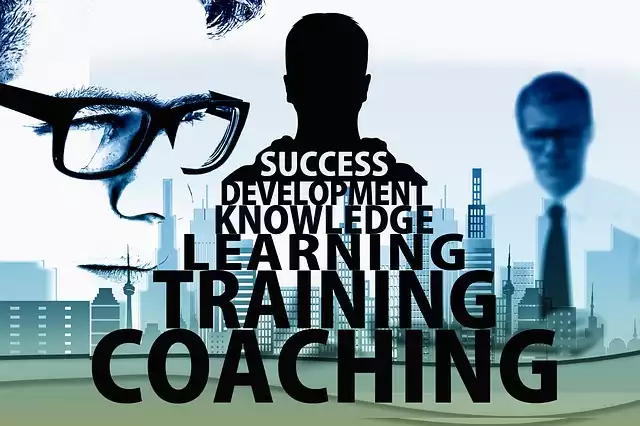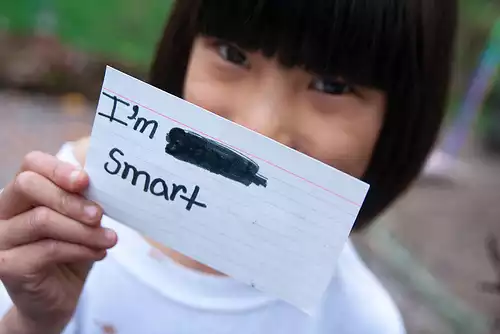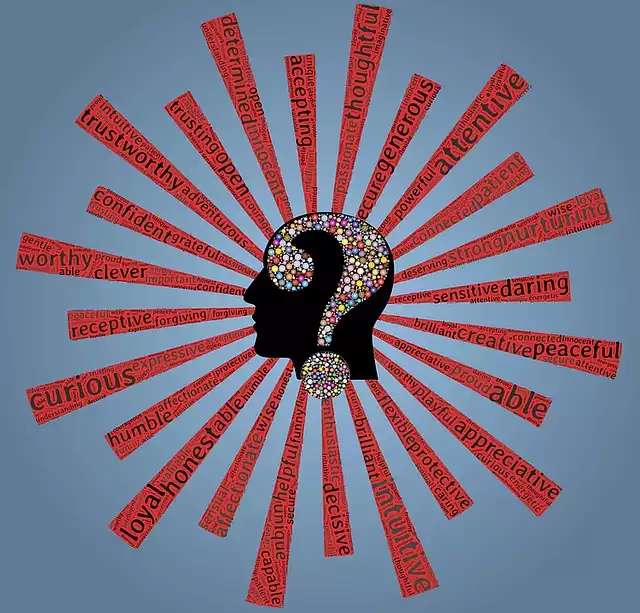Learning Training Coaching
Learning training coaching are integral elements in the pursuit of personal and professional growth.
Whether it be in the workplace or in our personal lives, the ability to acquire new knowledge and skills and implement them effectively is crucial for success.
In today’s fast-paced and ever-changing world, the need for effective learning, training, and coaching has become more apparent than ever before.
However, with the influx of information and various learning methods, it can be overwhelming to determine the most effective approach.
That is why this ultimate guide has been designed to provide a comprehensive overview of the key principles and strategies for effective learning, training, and coaching.
From understanding the different learning styles to creating personalized training programs, and from effective coaching techniques to measuring progress, this guide will equip you with the necessary tools to optimize your learning and development journey.
Whether you are a student, a professional looking to enhance your skills, or a coach/mentor guiding individuals towards their goals, this guide will serve as a valuable resource to help you achieve your desired outcomes.
So, let us delve into the world of effective learning, training, and coaching and unlock our full potential for growth and success.
Table of Contents Learning Training Coaching
Set clear learning objectives
To maximize the effectiveness of any learning, training, or coaching program, it is essential to set clear learning objectives.
These objectives serve as guiding principles, providing a clear direction for both the instructor and the learner.
By clearly defining what needs to be achieved, learners can focus their efforts on the most relevant and important content.
Moreover, clear learning objectives enable instructors to design targeted lessons and activities that align with the desired outcomes.
Whether it is developing new skills, acquiring knowledge, or improving performance, setting clear learning objectives is a fundamental step in creating a successful learning environment.
Utilize diverse teaching methods
In order to create an engaging and effective learning experience, it is crucial to utilize diverse teaching methods.
Every individual has a unique learning style and preference, and by incorporating a variety of instructional approaches, you can cater to the diverse needs of your learners.
This can include incorporating visual aids such as videos and infographics, interactive activities, group discussions, hands-on exercises, and real-life case studies.
By integrating different teaching methods, you can enhance comprehension, retention, and application of knowledge.
Furthermore, utilizing diverse teaching methods fosters creativity, critical thinking, and problem-solving skills, providing learners with a well-rounded learning experience.
Adaptability and flexibility in your instructional methods will ultimately lead to improved learner engagement, motivation, and overall success in the learning, training, and coaching journey.
Encourage active participation and reflection
One essential aspect of effective learning, training, and coaching is to encourage active participation and reflection among learners.
Active participation involves engaging learners in the learning process through discussions, group activities, and hands-on exercises.
By actively involving learners, you promote a sense of ownership and accountability for their own learning, leading to increased motivation and retention of information.
This can be achieved by incorporating interactive elements such as quizzes, role-playing scenarios, and problem-solving tasks.
Additionally, incorporating reflection activities allows learners to critically analyze their learning experiences, identify areas for improvement, and apply their newfound knowledge to real-life situations.
Reflection promotes deeper understanding and integration of concepts, enhancing the overall effectiveness of the learning, training, and coaching process.
By encouraging active participation and reflection, learners are empowered to take an active role in their own learning and development, leading to meaningful and long-lasting outcomes.
Provide constructive feedback and support
Another vital component of effective learning, training, and coaching is providing constructive feedback and support to learners.
Constructive feedback involves offering specific and actionable suggestions for improvement, rather than simply criticizing or pointing out mistakes.
It is essential to create a safe and supportive environment where learners feel comfortable receiving feedback and are motivated to implement the necessary changes.
This can be achieved by focusing on the strengths and achievements of the learner, while also addressing areas for growth.
By providing constructive feedback, you can help learners identify their strengths and weaknesses, develop self-awareness, and enhance their learning experience.
Furthermore, offering support throughout the learning journey by providing resources, guidance, and encouragement can significantly contribute to the learner’s success and overall progress.
Remember, effective learning, training, and coaching is not just about imparting knowledge but also about nurturing and empowering learners to reach their full potential.
Create a positive learning environment
In order to foster an optimal learning experience, it is essential to create a positive and conducive environment for learners.
This involves various aspects, such as promoting open communication, mutual respect, and a sense of belonging.
Encouraging active participation and collaboration among learners can also enhance the overall learning atmosphere.
Additionally, it is crucial to provide clear expectations and set achievable goals to motivate learners and instill a sense of purpose.
Creating a positive learning environment also involves adapting teaching methods and materials to cater to diverse learning styles and preferences.
By valuing individual differences and promoting inclusivity, learners are more likely to feel engaged, motivated, and ultimately, achieve their learning objectives.
Use real-life examples and scenarios
One effective strategy for enhancing the learning process is to incorporate real-life examples and scenarios into the training or coaching sessions.
This approach allows learners to connect theories and concepts with practical applications, making the content more relevant and meaningful.
By presenting real-life situations, learners are provided with the opportunity to analyze, problem-solve, and apply their knowledge in a realistic context.
This not only deepens their understanding but also helps in developing critical thinking and decision-making skills.
Moreover, real-life examples can serve as powerful motivators, as they demonstrate the potential benefits and outcomes of acquiring new knowledge and skills.
Whether it’s through case studies, role-playing exercises, or interactive simulations, utilizing real-life examples and scenarios can significantly enhance the effectiveness of learning, training, and coaching initiatives.
Continuously assess and adjust approach
To ensure the ongoing effectiveness of learning, training, and coaching initiatives, it is crucial to continuously assess and adjust our approach.
This involves regularly evaluating the progress of learners, identifying areas of improvement, and adapting instructional strategies accordingly.
By gathering feedback and analyzing data, we can gain valuable insights into the effectiveness of our methods and make necessary modifications to enhance the learning experience.
Additionally, staying responsive to the evolving needs and preferences of learners allows us to tailor our approach to maximize engagement and knowledge retention.
Continuously assessing and adjusting our approach not only improves the outcomes of our efforts but also demonstrates our commitment to delivering high-quality and impactful learning, training, and coaching experiences.
Foster a growth mindset mentality
Encouraging individuals to foster a growth mindset mentality is a critical component of effective learning, training, and coaching.
Embracing a growth mindset enables individuals to believe in their ability to learn and develop their skills, talents, and intelligence.
By recognizing that intelligence and abilities can be cultivated through effort, perseverance, and a willingness to embrace challenges, learners are empowered to approach new tasks with a sense of curiosity and a desire to improve.
This mindset shift allows individuals to view setbacks and obstacles as opportunities for growth and learning, rather than sources of frustration or defeat.
Cultivating a growth mindset not only enhances motivation and resilience but also opens doors to continuous improvement and personal development.
Emphasizing and nurturing a growth mindset mentality within learning, training, and coaching programs fosters a positive and empowering environment that supports individuals in reaching their full potential.
In today’s fast-paced and ever-changing world, continuous learning, training, and coaching are essential for personal and professional growth.
This ultimate guide has provided valuable insights and practical tips for effective learning, training, and coaching.
By incorporating these strategies into our daily lives, we can enhance our skills, knowledge, and abilities, leading to greater success and fulfillment.
Remember, learning is a lifelong journey, and with dedication and determination, we can continue to grow and excel in all aspects of our lives.
FAQ
What are some key strategies for effective learning, training, and coaching?
Some key strategies for effective learning, training, and coaching include setting clear goals, providing feedback, incorporating hands-on practice, encouraging collaboration and teamwork, utilizing various teaching methods, fostering a positive and supportive environment, adapting to individual learning styles, and continuously evaluating and adjusting the approach based on progress and feedback.
Ultimately, creating engaging and interactive learning experiences that cater to the needs and preferences of the learners can significantly enhance the effectiveness of the learning, training, and coaching process.
How can individuals and organizations measure the effectiveness of their learning and coaching programs?
Individuals and organizations can measure the effectiveness of their learning and coaching programs through various methods such as participant feedback, pre and post-assessments, performance evaluations, observation of behavior changes, tracking key performance indicators, and conducting follow-up surveys to assess long-term impact.
These metrics can provide valuable insights into the program’s success in achieving its objectives, improving skills and knowledge, and driving positive outcomes for individuals and the organization as a whole.
Regularly evaluating and adapting programs based on these measurements can help ensure continuous improvement and effectiveness.
What are some common pitfalls to avoid when designing and implementing a learning or coaching program?
Some common pitfalls to avoid when designing and implementing a learning or coaching program include lack of clear objectives and goals, insufficient participant engagement, failure to tailor the program to the specific needs of the audience, lack of monitoring and evaluation mechanisms, and inadequate communication with stakeholders.
It is essential to ensure alignment with organizational objectives, promote active participation, customize content to meet learners’ needs, track progress and outcomes, and maintain open communication throughout the process to enhance the effectiveness and success of the program.
How can technology be leveraged to enhance the effectiveness of learning and coaching initiatives?
Technology can be leveraged in learning and coaching initiatives by providing personalized learning experiences through online platforms, virtual simulations, and AI-driven tools.
These technologies can offer real-time feedback, track progress, and customize content to individual needs.
Additionally, video conferencing and communication tools can enable remote coaching sessions, making learning more accessible and flexible.
Overall, technology can enhance engagement, efficiency, and effectiveness in both learning and coaching initiatives.
How can a culture of continuous learning and development be fostered within an organization?
A culture of continuous learning and development within an organization can be fostered by promoting a growth mindset, providing opportunities for training and skill development, encouraging feedback and open communication, recognizing and rewarding learning achievements, creating mentorship programs, and setting clear goals and expectations for employee development.
By prioritizing learning at all levels of the organization, employees will be motivated to continuously improve their skills and knowledge, leading to a more innovative and adaptable workforce.







